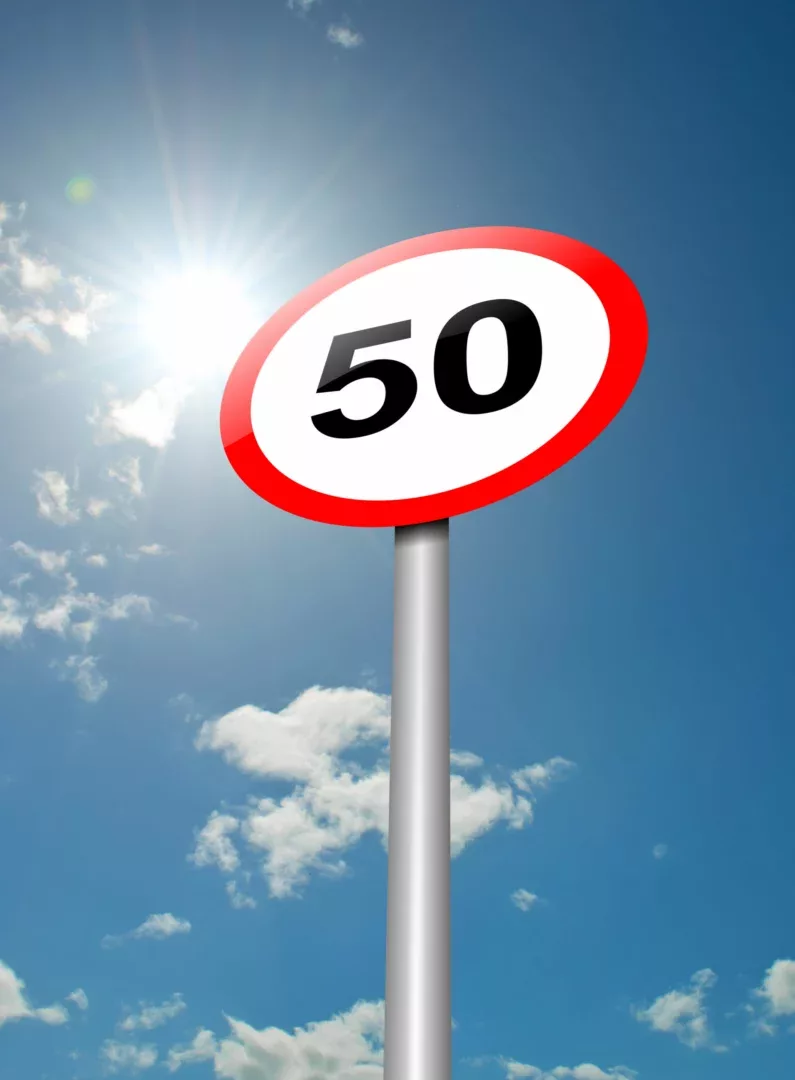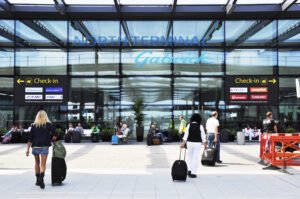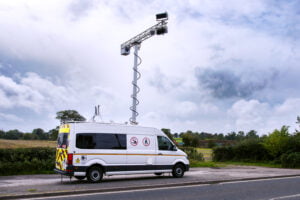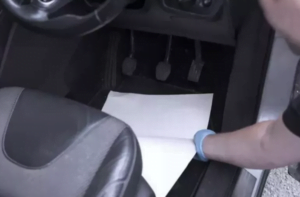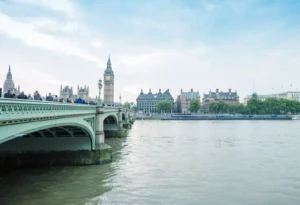(74%) of drivers say speed limit signs are the most likely type of sign to be covered up by overgrown foliage, with 30mph signs – which are widely used to control speeds in villages and street-lit areas – the most commonly obscured, according to new analysis from the RAC.
With trees and bushes having sprung to life, over half (53%) of motorists say obscured signs are a frequent occurrence on their journeys, with a further 39% saying signs are occasionally harder to see in the warmer months. Only one-in-10 drivers (8%) say obscured signs aren’t a problem on roads near them.
While plentiful foliage is a welcome sign of spring and good for wildlife, the RAC’s findings reveal that out-of-control foliage can have a detrimental effect on safety behind the wheel. More than four-in-10 (42%) motorists who noticed signage obscured by foliage said it led to them accidentally breaking the speed limit, and a quarter (26%) said they missed important information that compromised theirs or someone else’s safety. 28% claimed to have missed a turn and nearly one-in-10 (8%) said they ended up driving in the wrong direction.
Concerningly, ‘red circle’ signs that tell drivers what they must do seem to be the ones most often hidden by untrimmed trees and bushes. Over half (52%) of drivers said 30mph signs were the most obscured by foliage, where a further four-in-10 (39%) said 40mph signs were hardest to see and 16% said 20mph signs were overgrown.
In second place after speed limits, two-thirds (66%) of drivers said signs that provide directions and information or indicate an upcoming motorway junction were the hardest to spot. A further 42% felt other ‘red triangle’ signs, that warn of changes in road layout and hazards such as junctions, dual carriageways ending and school crossings, were either partially or fully obscured, while 35% said ‘give way’ signs were difficult to detect.
The RAC’s research also revealed that most drivers (92%) only realised signs had been obscured when passing them, by which point it may be too late to react to upcoming hazards. Four-in-10 (38%) said they had to rely on local knowledge, as they knew where the sign was but couldn’t see it.
But worryingly, nearly a fifth (18%) said they only realised a sign was obscured after noticing a speed limit repeater. These signs could be placed as far as 450 metres after the first ‘terminal’ sign on a single or dual carriageway that indicates the start of a restriction or requirement – suggesting drivers might be unknowingly speeding as a consequence of overgrown foliage.



